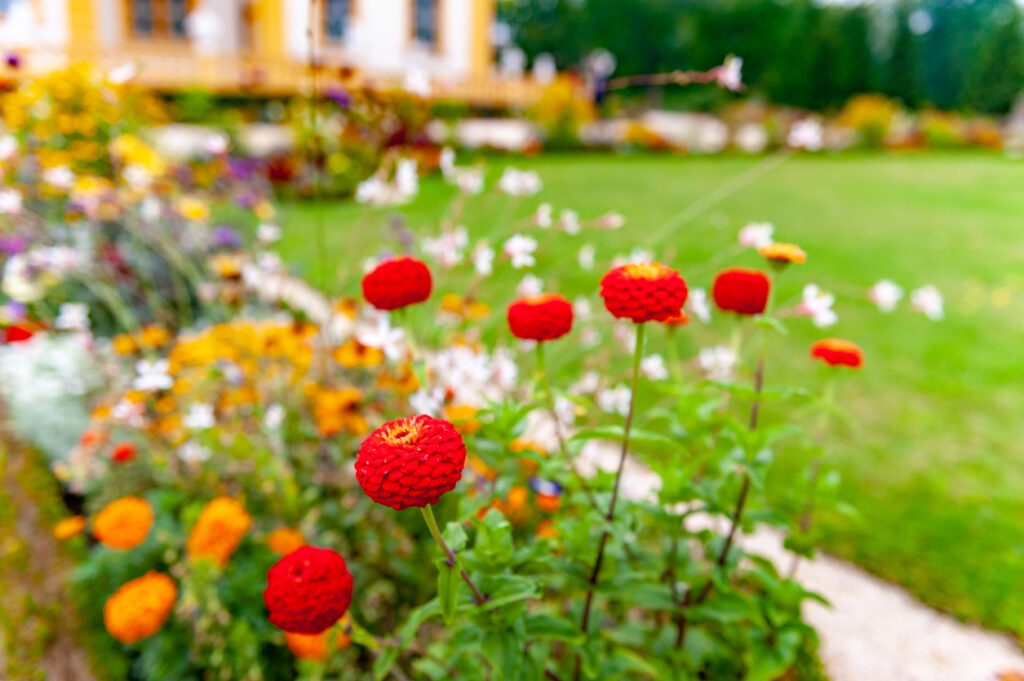Grow Plants From Seed – Top Tips

Grow plants from seed to witness their amazing journey from seed to sensation! To protect plants throughout the season, spray them with Bobbex Deer Repellent. It is the safe, eco-friendly choice.
One of the most satisfying gardening experiences is to grow plants from seed. You can easily add varieties to gardens, fill in barren areas, or simply experiment. Read on.
Many Benefits Of Starting From Seed
Reap many advantages, in addition to the joy of growing plants from seed.
*Cost savings, as seed packets offer high plant yields.
*An abundance of seeds and plants for sharing.
*A greater selection of plant varieties, for many needs and preferences.
*Control over growing conditions.
Which Seeds Are Best To Plant?
Options abound for planting annuals, perennials and produce from seed. Annuals bloom fastest and some re-seed, resulting in extra flowers! The most popular to grow from seed include Cosmos, Morning Glories, and Zinnia. Some favorite perennials are Allium, Dianthus, and Primrose. Lettuce, green beans, and peas top the list of easiest vegetables for seed-starting.
Where do you find seed choices for your growing area? Almanac online offers a list of free catalogs covering annuals, fruit, perennials, vegetables and more. You can make selections suitable to your growing area from one of these sources.
Timing Is Key To Grow Plants From Seed
Once you’ve chosen seeds, mark your calendar for planting dates. Find the “last spring frost date” for your growing area, which provides a time-frame for the most favorable conditions.
Seeds to direct sow are generally fast-growing varieties. You’ll find planting times listed on seed packets in relation to last spring frost date. i.e. “Direct sow a week after last spring frost date”.
Seeds to sow indoors and transplant outside require more lead time. Packets will include when you should sow seeds indoors, and also relate to last spring frost date. i.e. “Sow indoors 8 weeks before last spring frost date”. Seedlings are ready to move outside when they have grown 3 to 4 “true” leaves. (Smaller version of the variety’s mature leaves). Gently transition seedlings for a week or two before planting. Called “hardening off”, setting the plants out a few hours a day slowly acclimates them to conditions, in order to prevent shock.
Have your supplies organized before planting time. There are only a few items needed, some of which you may already have at home. Peruse this article for a wealth of information on starting plants from seed.
Care For Young Plants Starts With Bobbex
You’ve successfully planted and/or transplanted outdoors! Now, take the critical first step in preventing deer from feasting on your tender plants with #1 Rated Bobbex Deer Repellent. Use eco-friendly Bobbex directly on all non-vegetative varieties. Protect fruits and vegetables by spraying Bobbex repellent around the garden perimeter, but not directly on plants.
Bobbex is made from garlic, clove oil, fish meal and other ingredients that repel deer through smell and taste. In addition to covering seedlings with this “safety seal” add some other deterrents around the landscape:
*Create a barrier around plants in containers and those in-ground. Some popular materials include cloches and chicken wire.
*Place containers on patios or decks, as deer don’t like to climb.
*Provide overnight cover with fleece or clear plastic, when there is a predicted temperature drop. Make sure covers are lightweight and removed in the morning.
*Fertilize as instructed to bolster plant health, which helps fortify seedlings as they grow.
From Seeds To Sensations!
Grow plants from seeds to sensational blooms for an amazing gardening experience. Nurturing begins when seed meets soil and should include basic care as well as protection from deer. You will enjoy many rewards during this gardening journey, culminating in a finale of gorgeous flowers lovingly cared for by you!
